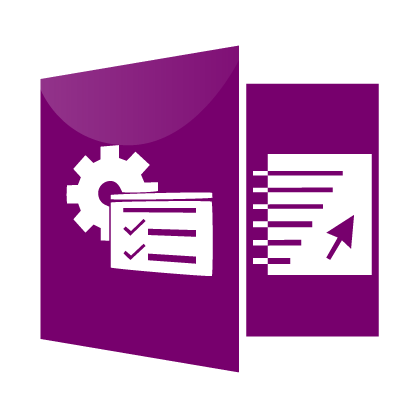Land Resources Information Management Systems (LRIMS)

LRIMS is a GIS-based system to manage land resource information in Libya, developed by the project “Mapping of Natural Resources for Agriculture Use and Planning in Libya” (LIB/00/004), initiated by the Libyan Government in collaboration with UNDP and FAO.
LRIMS was designed and developed based on FAO guidelines and methodologies for sustainable management of land resources. The system consists of 10 modules that allow integration of different layers of information: (1) a climate module, (2) a soil module, (3) a vegetation/landcover module, (4) a water module, (5) a land suitability module, (6) a crop module, (7) a socio-economic module, (8) a topography module, (9) a land utilization types module, (10) a reporting tool.
The climate module allows the user to analyze meteorological data and assess crop requirements. The soil module matches soil properties with crop requirements and determines the fallow land requirement. The water module allows identification of potential areas for sustainable water withdrawals and estimation of groundwater quality. Integration of all spatial data layers is implemented in the land suitability module, which also generates output layers, tables and files.
The system contains an analysis based on the Agro-Ecological Zoning (AEZ)approach of land use and crop suitability to match with changing climatic conditions and agricultural management.
